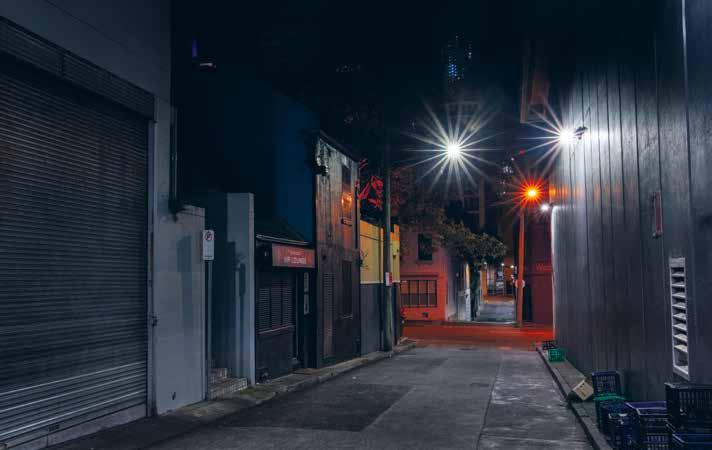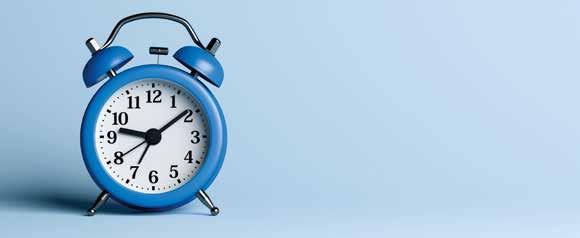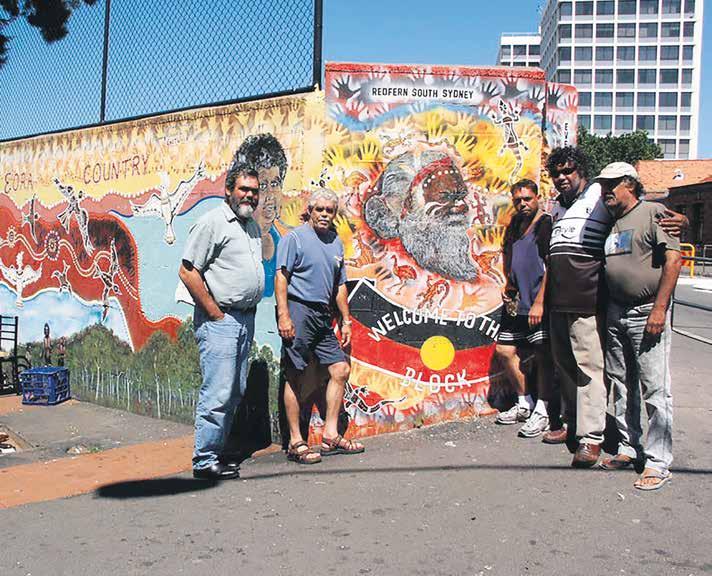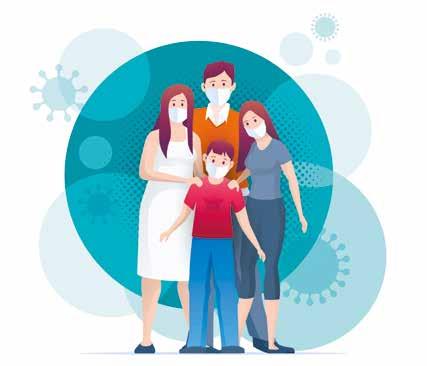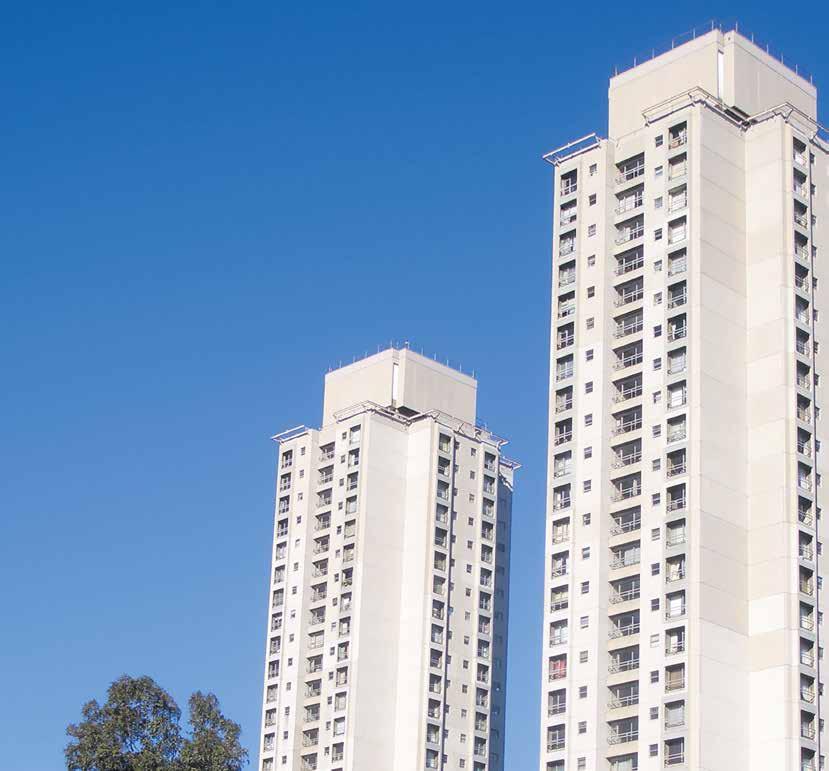
4 minute read
Editorial
ABOUT Inner Sydney Voice Magazine is the journal of the Inner Sydney Regional Council for Social Development Inc trading as Inner Sydney Voice. We are a non-profit organisation committed to the idea of information as a tool for community development. The organisation defines Inner Sydney as being the local government areas of Botany Bay, Leichhardt, Randwick, City of Sydney, Waverley and Woollahra.
ACKNOWLEDGEMENT OF COUNTRY We acknowledge and pay our respects to the traditional custodians of the lands across the areas we service, particularly the Gadigal people of the Eora Nation, traditional custodians of the land on which our office is located. We pay our respects to Elders, past and present.
Advertisement
Editor Christopher Kelly
Contributors Davis Demillo Richard Florida Fred Fuentes Kathrin Glösel Luke Kendall Matthew McLaughlin Gabriel Metcalf Luke Michael Tim Ritchie Dallas Rogers Trevor Shilton Geoff Turnbull Laura Wynne
Design and Cover Alys Martin
Membership and Subscription Coordinator Saskia Eichler-Cheney
Printing Goliath
Website www.innersydneyvoice.org.au
Publisher Inner Sydney Regional Council for Social Development Inc trading as Inner Sydney Voice Rear 770 Elizabeth Street Waterloo NSW 2017 ABN 86 770 127 254 Phone 9698 7690 Email admin@innersydneyvoice.org.au Facebook www.facebook.com/innersydneyrcsd Twitter @innersydneyrcsd Website www.innersydneyvoice.org.au
Disclaimer and Copyright The opinions expressed in Inner Sydney Voice Magazine do not necessarily represent the views of the publisher, the publication nor our funders. Unless stated otherwise, opinions belong to contributors, not the organisation or group with which they work. While every effort has been made to ensure the accuracy of the information, no responsibility can be accepted by the publisher for any contributions. Copyright belongs to the contributors.
Join and Subscribe Please see back cover
Spring 2020 • Issue 136 additional images © istockphoto.com
We’re all feeling the same I suspect: weary, bored. Over it. Once upon a time not so long ago, life — to quote Gump — was like a box of chocolates: “You never know what you’re gonna get.” We do now. More of the same. Followed by much the same. And something not too dissimilar after that. Time has turned to soup. It’s Groundhog Day without the laughs. A few months back — as Australia appeared to muzzle the virus — we, being on the whole optimistic creatures, held out hopes for light at the end of the tunnel. She’ll be right. All would be normal again by spring. Surely?
Well, here we are. Spring has sprung, and still the tunnel stretches monotonously ahead. But, we say to ourselves, “Could be worse — look at Melbourne.” And we should look — and learn. Melbourne serves as a fore warning against smugness and complacency. A second lockdown here is by no means off the cards. Sydney is not out of the woods yet — I mean tunnel.
And, when we do finally emerge blinking into the sunlight shining through the trees in the woods at the end of the tunnel, what will we find? An “urbanist’s utopia of widened sidewalks, ample bike lanes, and networks of pedestrianised boulevards”? Or “a dystopia of empty streets and boarded-up shops, and masked citizens, scurrying quickly between their jobs and their homes”? (Page 18.)
It’s too early to predict which way the post-pandemic pendulum will swing. But however the future pans out, we’ve been presented with an opportunity to reassess the status quo. Take social housing. As night marish an experience it must’ve been for the Melbourne tower tenants to be imprisoned in their homes during a police-led lockdown (page 34), it “highlighted the inadequacy of existing public housing stock in Australia, as well as public health problems associated with high-den sity living” (page 10).
The pandemic has also focused minds on the importance of the community sector. With charities currently under the cosh, calls have been made to ensure community orgs continue to have “the resources required to meet the increased demand for their services” which are “vital at all times, but especially during a crisis” (page 8). As well, appeals have been made for greater investment in cycling and walking infrastructure (page 27), and for the development of more green spaces — such as community gardens (page 28). So as challenging as life might be right now, COVID may be the wake-up call society requires. “We need to ask ourselves what our purpose is and what legacy we’re leaving behind for future generations.” (Page 32.)
And to those dismissing that as idealistic claptrap, research tells us that natural disasters can bring communities together in ways not seen before. “As horrible as they are, in the aftermath, people help each other and there’s often a sense of shared humanity.” (Page 21.) COVID could serve as the catalyst we need to create — not just a new normal — but a better kind of normal. Maybe, just maybe, as we squint into the darkness beyond, we will see a speck of light at the end of the tunnel after all…
Christopher Kelly comms@innersydneyvoice.org.au


